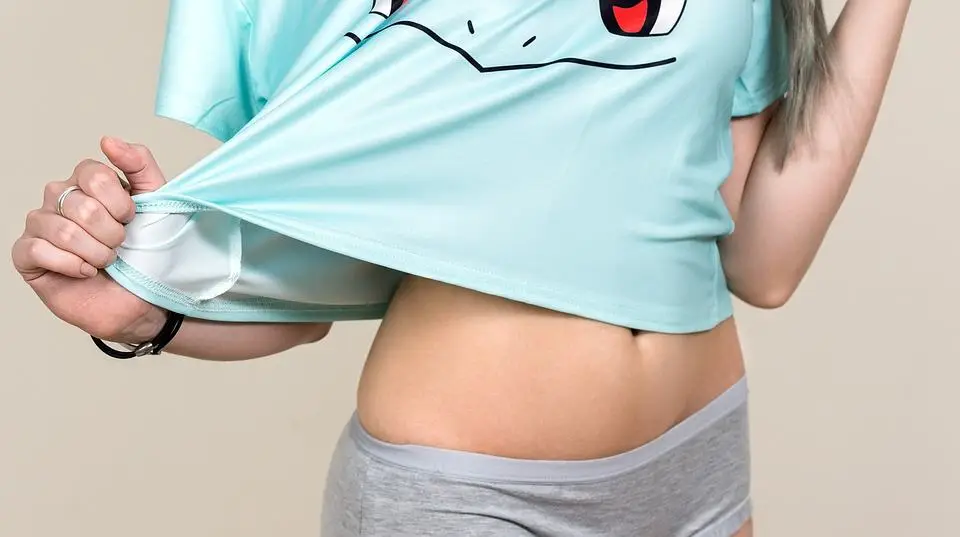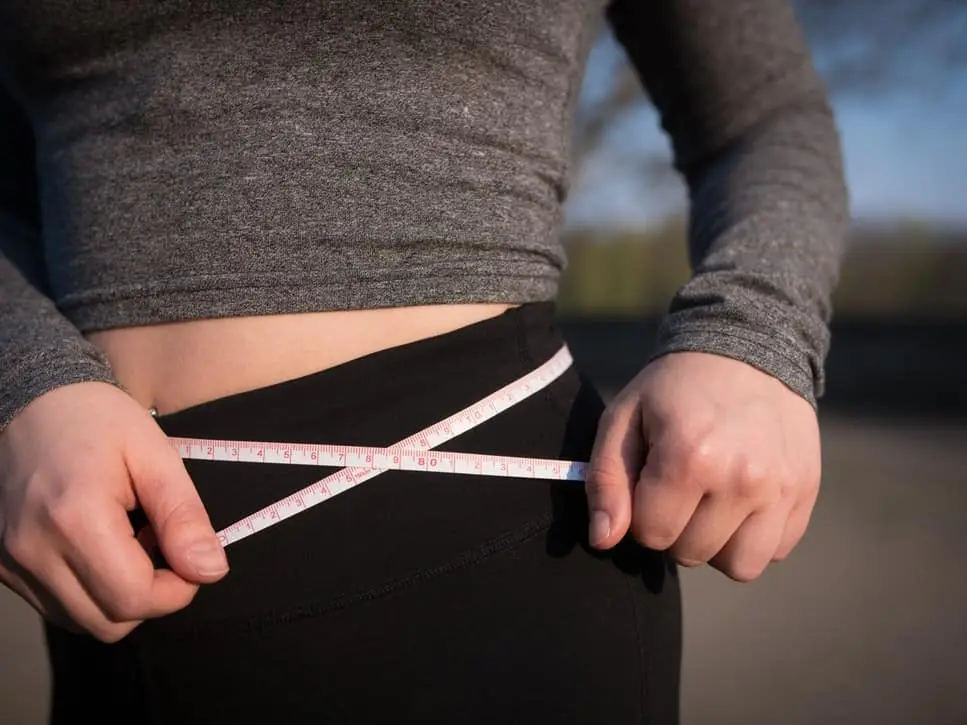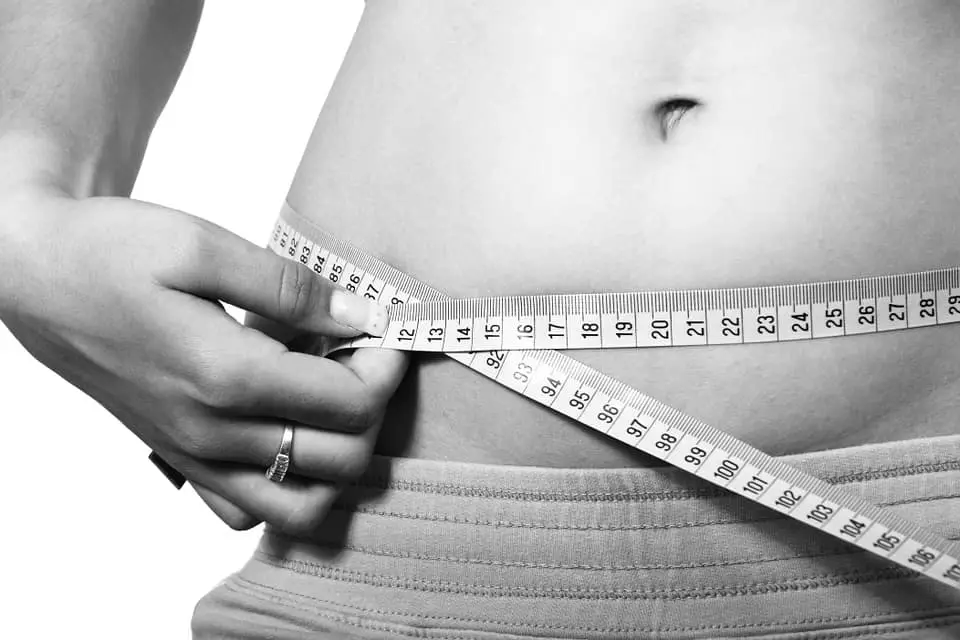With the ability to remove 25% of all fat cells in the targeted area, CoolSculpting has become an increasingly popular fat-reduction procedure in recent years. Developed by ZELTIQ Aesthetics, it uses cold air to destroy problematic body fat.
Whether you’re struggling with unwanted fat on your flanks, stomach or any of the other six areas approved by the U.S. Food and Drug Administration (FDA), CoolSculpting could be the answer.
Before making the commitment, though, you might be wondering what happens to the fat in CoolSculpting.
How CoolSculpting Treats Fat
To better understand what happens to fat cells, you must first understand how CoolSculpting works. As a noninvasive procedure, it doesn’t involve the surgical removal of fat. Rather, CoolSculpting works by exposing fat cells to cold air to induce localized death. When fat cells are exposed to cold air — ranging from about 12.2 degrees to 41 degrees Fahrenheit — they undergo a state of localized death. In other words, the fat cells begin to die.
CoolSculpting is designed to only induce localized death in fat cells and not muscle or skin cells. It’s well-documented that fat cells are more susceptible to cold-related damage than muscle and skin cells.
Granted, if muscle or skin cells are exposed to cold enough air, they too will die. Frostbite, for example, is a condition in which freezing temperatures cause skin cells to die. But CoolSculpting doesn’t cause frostbite, nor does it harm your skin or muscle cells in any other way. It uses cool air at a precise temperature to induce localized death in fat cells without damaging your skin or muscle cells.
With CoolSculpting, you can expect to lose about 25% of the fat in the targeted area. Keep in mind, however, that you can have multiple CoolSculpting sessions performed on the same area of your body to increase percentage of fat lost.
What Happens to Fat During CoolSculpting?
During a CoolSculpting session, an applicator will be placed on the skin of your targeted area, at which point the applicator will pull your skin while simultaneously exposing it to cold air. It’s a quick and easy process that typically takes just 45 to 60 minutes.

What Happens to Fat Cells After CoolSculpting?
After being exposed to the cold air created by the applicator, the targeted fat cells will begin to die. What does this mean exactly? When the fat cells die, they’ll begin to break down, eventually being absorbed into the bloodstream and expelled through urine.
Research has shown that dead fat cells are naturally processed in the body by a special type of white blood cells. As part of the immune system, white blood cells are designed to defend against foreign invaders by attacking and neutralizing them.
However, dead fat cells are also processed by white blood cells. After your CoolSculpting procedure, your body’s white blood cells will find and process the targeted, dead fat cells by absorbing them into your bloodstream.
When the dead fat cells are in your bloodstream, they’ll eventually reach your liver. According to UPMC, the human liver is capable of filtering about 1.4 liters of blood per minute. At any given time, about 10% of your body’s total blood is stored in the liver. Of course, the liver’s function is filter waste from the blood. As it filters dead fat cells — as well as other waste — it separates them from the blood.
This waste is known as urea, which is essentially the main compound of urine. Therefore, the dead, targeted fat cells in CoolSculpting are eventually expelled by your body in urine. You won’t notice when this happens. It’s all part of your body’s methodology for disposing of waste, including dead fat cells.
Will The Fat Cells Return?
Once the fat cells have been expelled by your body, they won’t return. With that said, you can still develop new fat cells in the targeted area. If you eat the wrong foods and/or don’t get enough exercise, for example, there’s a good chance new fat cells will form in the same area.
For the best results, you must adjust your lifestyle to ensure that you aren’t consuming too many excess calories.
It’s not necessarily the amount of dietary fat you consume that affects your body fat. Rather, it’s the number of calories that you consume. Calories that your body doesn’t use or burn are often stored as fat.
Your body will tap into these fat reserves as a source of back-up energy. But if you consuming too many calories, fat will accumulate without being burned.
So, while the fat cells targeted with CoolSculpting won’t return, you may develop new fat cells in the same area if you consume an excess number of calories. If you’re hoping to retain your newly sculpted body, you must evaluate your diet and fitness regimens. Just remember to watch your calorie intake while ensuring that you get an adequate amount of daily exercise.

Why CoolSculpting Is Such an Effective Fat-Reduction Procedure
CoolSculpting is a highly effective fat-reduction procedure because it’s able to permanently eliminate 25% of all fat cells in the targeted area without requiring surgical incisions or other invasive processes. Many people assume liposuction is the only viable answer to unwanted body fat. While liposuction can certainly work for some individuals, it’s a more complex procedure with a greater risk of complication. CoolSculpting, on the other hand, is both safe and effective.
Using a handheld applicator device, CoolSculpting can target your body fat with cool air to induce localized death. The fat cells will gradually die, at which point they’ll be absorbed into your bloodstream and filtered by your liver.
Your body will then expel the fat cells in urine. Hopefully, this gives you a better idea as to what happens to fat cells in CoolSculpting.
Click here to learn more about CoolSculpting Elite At Radiance or Request a free consultation today!









